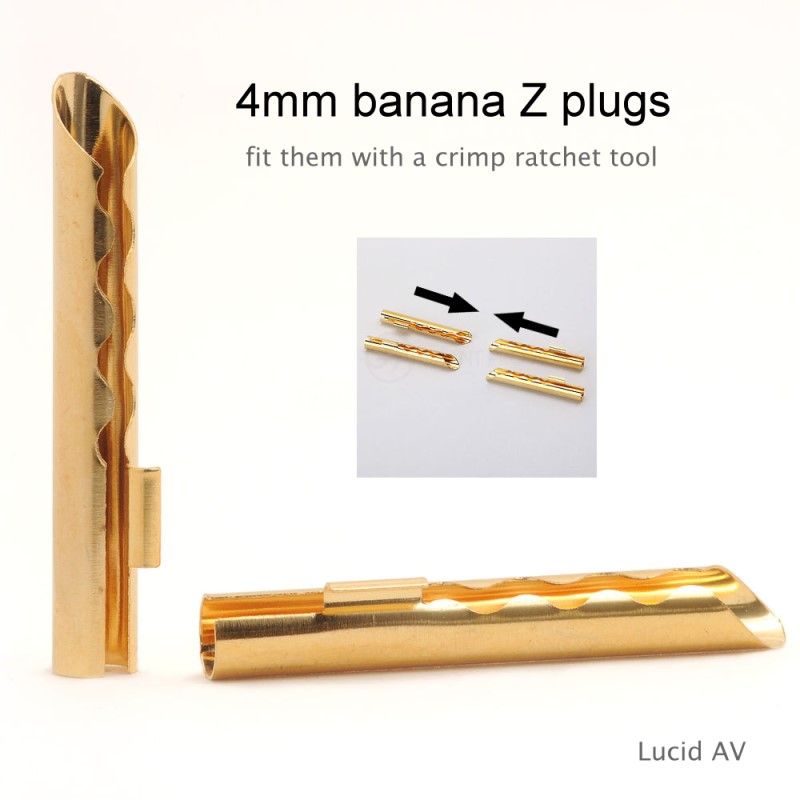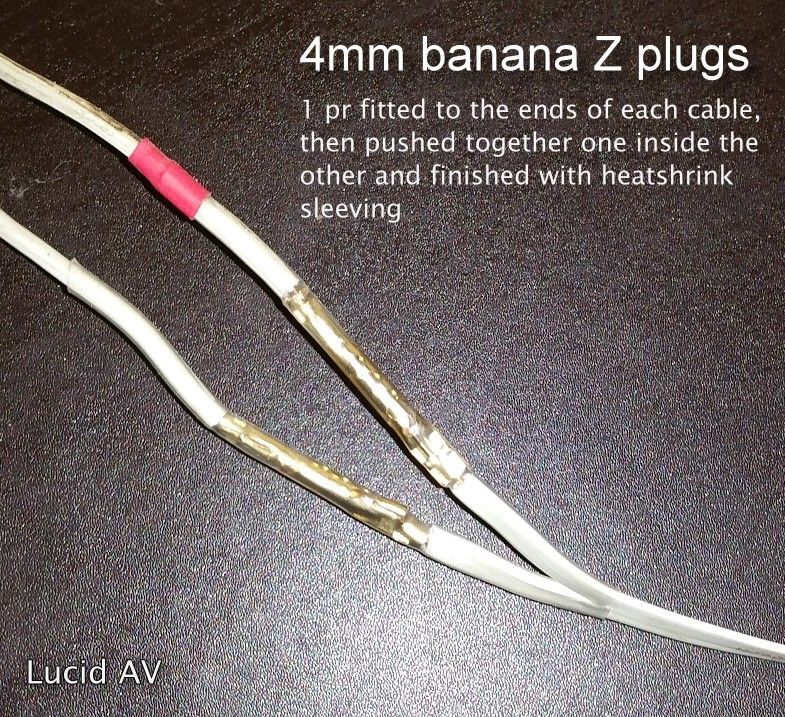My hearing cuts off at 5kHz in one ear so I couldn't possibly express an opinion on any subjective test.

A measurement showing the differences between two components removes subjectivity from any attempt at an evaluation.
I'll post a link further down this page, but a little background first. Harman International is to the American speaker market what B&W, KEF and PMC are to the UK and the rest of the world. They're at the forefront of speaker R&D as far as the US is concerned. Their testing facility includes a sophisticated comparator, and on at least one occasion it has been used to ABX test speaker cables. The results were statistically inconclusive. That is to say that none of the test subjects could correctly identify a preference for an allegedly "better" speaker cable enough times to satisfy the test criteria.
One of the key people at Harman Intl. during this time was Allan Devantier. During a 20 year tenure he has been Head of Engineering as well as a speaker designer with a string of related patents and publications to his name. This is a seriously accomplished guy in the field. So when he got involved in a project to use measurement to look at the influence of speaker cables on loudspeaker reproduction then the game is running with a major player. It was he that pointed out why cable would affect a speaker and that the result could be measured. Here's a link to the
article
Following on from the above, a further series of tests were conducted to compare a several cables purely by objective measurement of the influence they exerted on the frequency response of a speaker. Here's a link which includes the comparison graphs.
LINK
The material may also have an effect, at least it will affect the electrical resistance readings which, of course, will be measurable. Whether that affects the sound is another matter.
See the graphs in the article linked directly above. In my opinion it conclusively answers the question about whether the sound changes (and it does), so the only remaining question is whether that difference can be heard once all the other factors come in to play in a real world application. This is I think where opinion and people's experience is most widely divided.
As a side note, I've just helped my F-in-L to buy a new stereo system. It's nothing fancy, a Denon DM39DAB and some Q Acoustic speakers. But going through the process of listening to his requirements, finding product that meets the criteria, taking him for a demo and listening to some speaker options, then bringing the gear back to his house and setting it up within the limits of where he wanted the gear reminded me of just how much of a difference there can be in sound from showroom to home location. It also reinforced my view that far too many novice customers are left floundering by poor sales people who haven't much of a clue how to help people evaluate gear effectively. It's little wonder that cable comparisons often result no clear advantage for any single product.



